Diarrhoea remains a leading killer of young children, despite the availability of a simple treatment solution
Diarrhoea is a leading killer of children, accounting for approximately 9 per cent of all deaths among children under age 5 worldwide in 2019. This translates to over 1,300 young children dying each day, or about 484,000 children a year, despite the availability of a simple treatment solution.
Most deaths from diarrhoea occur among children less than 5 years of age living in South Asia and sub-Saharan Africa. Despite this heavy toll, progress is being made. From 2000 to 2019, the total annual number of deaths from diarrhoea among children under 5 decreased by 61 per cent. Many more children could be saved through basic interventions.
Simple solutions can save children’s lives
The Integrated Global Action Plan for the Prevention and Control of Pneumonia and Diarrhoea (GAPPD) sets forth an integrated framework of key interventions proven to effectively protect children’s health, prevent disease and appropriately treat children who do fall ill with diarrhoea and pneumonia.
Protect, Prevent and Treat Framework
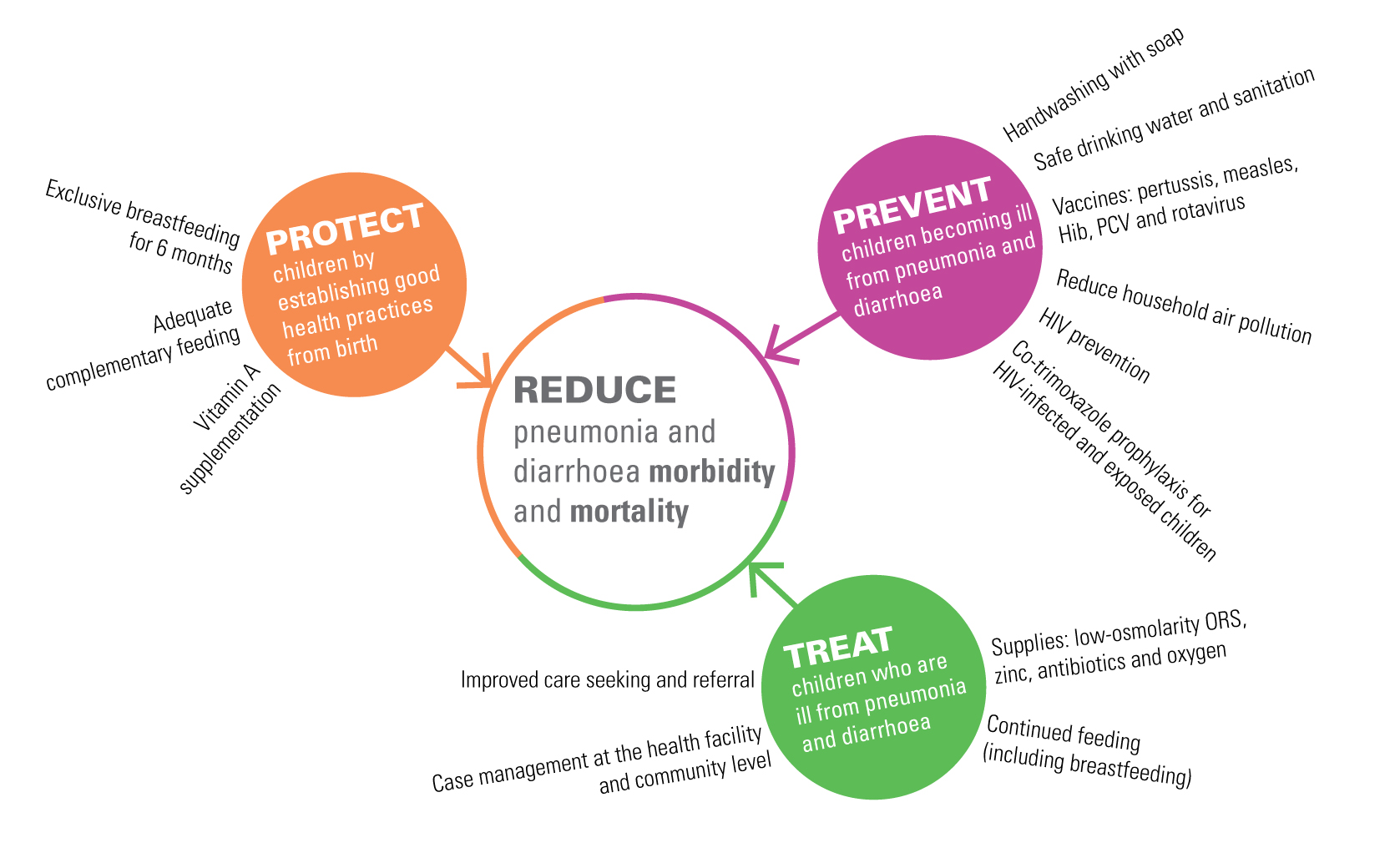
Source: Global Action Plan for the Prevention and Control of Pneumonia and Diarrhoea (GAPPD)
Protective interventions provide the foundations for keeping children healthy and free of disease
- Exclusive breastfeeding: For the first 6 months of life, exclusive breastfeeding (without additional foods or liquids, including water) protects infants from disease and guarantees them a food source that is safe, clean, accessible and perfectly tailored to their needs. Nearly half of all diarrhoea episodes and one-third of all respiratory infections could be prevented with increased breastfeeding in low and middle-income countries.
- Adequate complementary feeding and continued breastfeeding: From 6 months to 2 years of age, adequate complementary feeding – providing children with adequate quantities of safe, nutritious and age-appropriate foods alongside continued breastfeeding – can reduce child deaths, including those due to pneumonia and diarrhoea.
- Vitamin A supplementation: High-dose vitamin A supplementation helps maintain strong immune systems and can reduce cases of diarrhoea by 15 per cent. Children between the ages of 6-59 months should be protected with 2 high-dose supplements of vitamin A every year in countries with high under-five mortality or where vitamin A deficiency is a public health problem.
Preventative interventions help stop disease transmission and keep children from becoming ill
- Immunization: The rotavirus vaccine provides protection against one of the most common causes of childhood diarrhoea-related death.
- Safe drinking water, sanitation and hygiene: Almost 60 per cent of deaths due to diarrhoea worldwide are attributable to unsafe drinking water and poor hygiene and sanitation. Hand washing with soap alone can cut the risk of diarrhoea by at least 40 per cent and significantly lower the risk of respiratory infections. Clean home environments and good hygiene are important for preventing the spread of both pneumonia and diarrhoea, and safe drinking water and proper disposal of human waste, including child faeces, are vital to stopping the spread of diarrhoeal disease among children and adults.
Timely and appropriate treatment interventions can cure children from diarrhoea and ensure survival
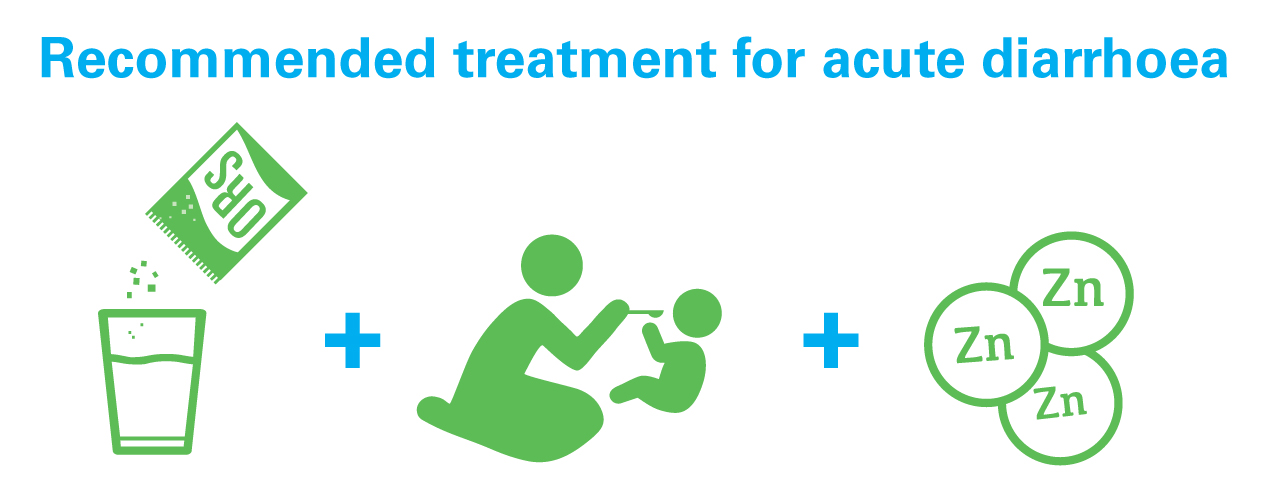
Source: WHO/UNICEF Joint Statement: Clinical management of acute diarrhoea, 2004
The availability and accessibility of ORS and zinc to all children with diarrhoea, especially those in poor, rural and marginalized populations, could save the lives of hundreds of thousands of additional children each year. These interventions have proven to be cost-effective, affordable and relatively straightforward to implement. However, the number of children under age 5 with diarrhoea who receive the recommended treatment of oral rehydration solution is too low across regions. In sub-Saharan Africa, progress on this important intervention has been slow over the last decade with coverage at 31 per cent in 2011 and 36 per cent in 2021.
Despite the global recommendation to include ORS and zinc supplementation for diarrhoea, global coverage of this intervention also remains extremely low, especially in sub-Saharan Africa where coverage was 18 per cent in 2021. Overall, much more needs to be done to ensure that all children are receiving both ORS and zinc as part of treatment for diarrhoea.
Across all regions and residence types, ORS coverage is inadequate. Although children in urban areas, where health services are in general more available, are more likely to receive this recommended treatment than children in rural areas, coverage remains far from optimal no matter the setting.
Globally in 2021, children from the poorest 20 per cent of households in their respective countries – those often at greatest risk of diarrhoea – were much less likely to receive ORS for the treatment of diarrhoea than children from the richest quintile (40 per cent vs. 51 per cent). However, even among the richest quintile, only half of children suffering from diarrhoea are treated with ORS.
The coverage of ORS and zinc supplementation for children with diarrhoea is even lower, and although the disparities are smaller than for ORS use alone, the same patterns are observed, with lower coverage amongst children in rural areas than urban areas (15 and 19 per cent), and amongst children in the poorest vs the richest households (14 and 21 percent) in 2021.
References
UNICEF, One is too many: Ending child deaths from pneumonia and diarrhea, UNICEF, New York, 2016.
UNICEF, Committing to Child Survival: A promise renewed – Progress report 2015, UNICEF, New York, 2015.
United Nations Inter-agency Group for Child Mortality Estimation (IGME), Levels and Trends in Child Mortality: Report 2021 , WHO and UNICEF, UNICEF, New York, 2021.
WHO and UNICEF, Ending Preventable Child Deaths from Pneumonia and Diarrhoea by 2025: The integrated Global Action Plan for Pneumonia and Diarrhoea(GAPPD), WHO, Geneva, 2013.
UNICEF, Pneumonia and Diarrhoea: Tackling the deadliest diseases for the world’s poorest children, UNICEF, New York, 2012.
UNICEF and WHO, Diarrhoea: Why children are still dying and what can be done, UNICEF, New York, 2009.
WHO and UNICEF, WHO/UNICEF Joint Statement: Clinical management of acute diarrhoea, WHO, Geneva, 2004.
Diarrhoeal disease
Diarrhoea data
Build and download your own customisable dataset
Resources
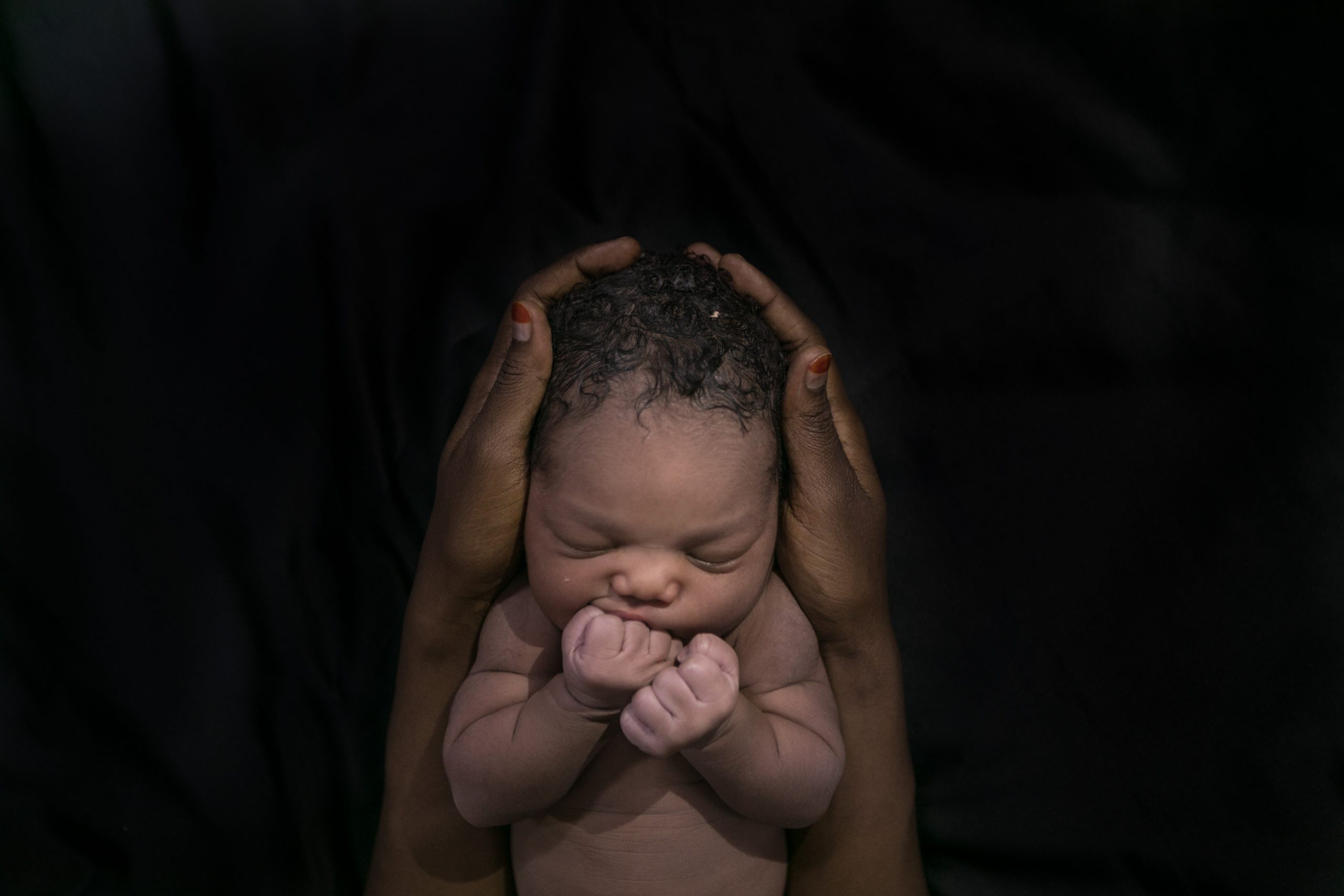
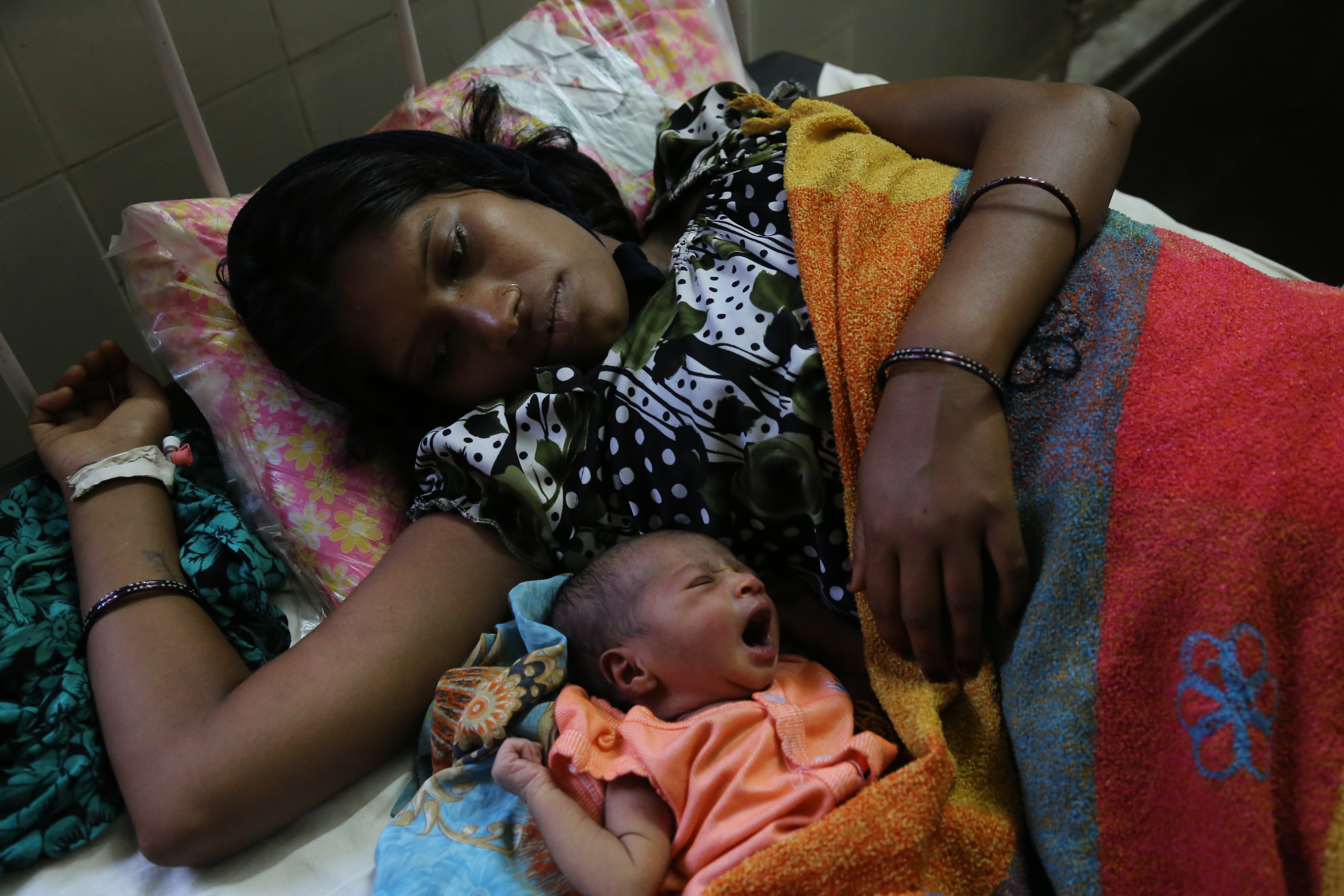
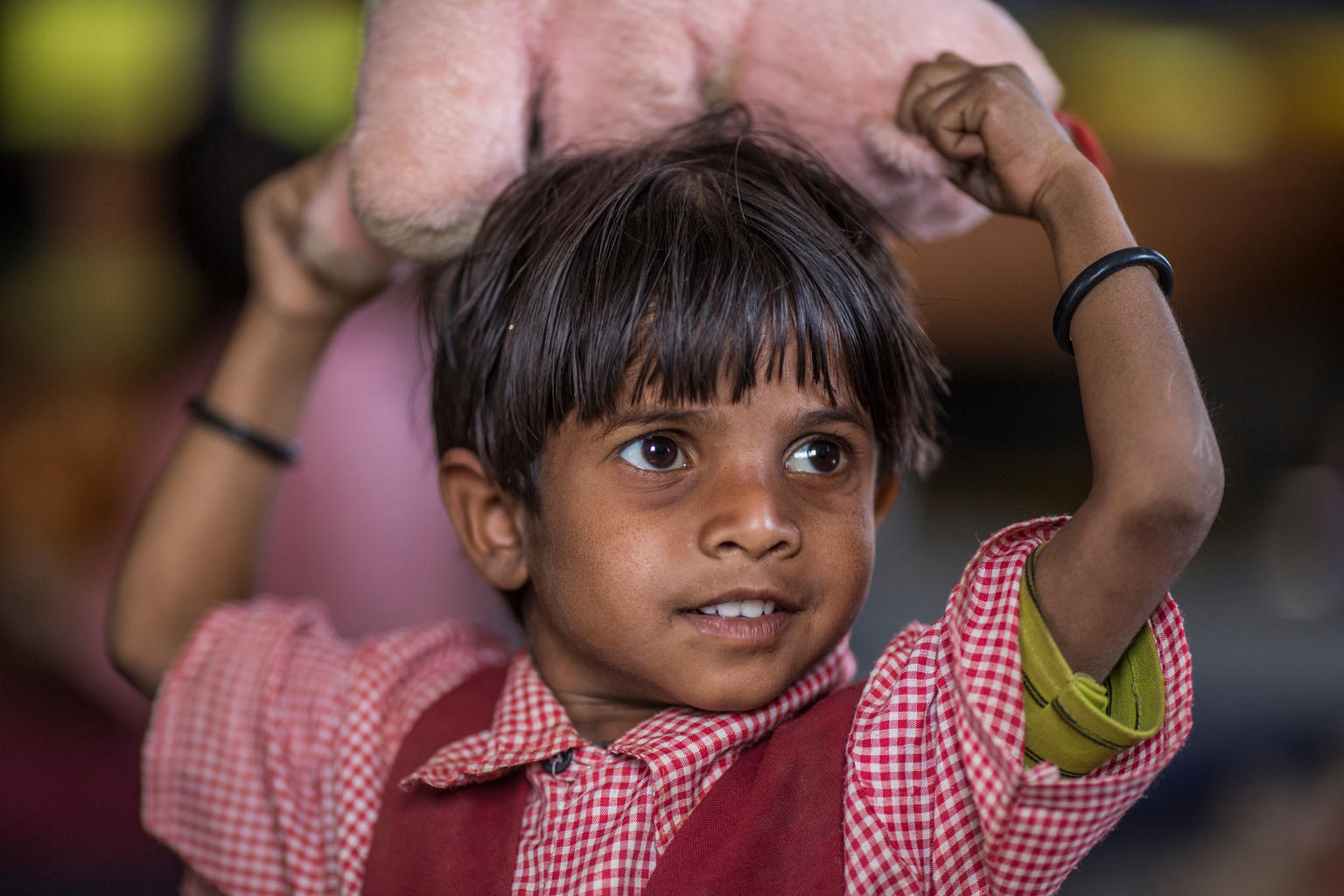
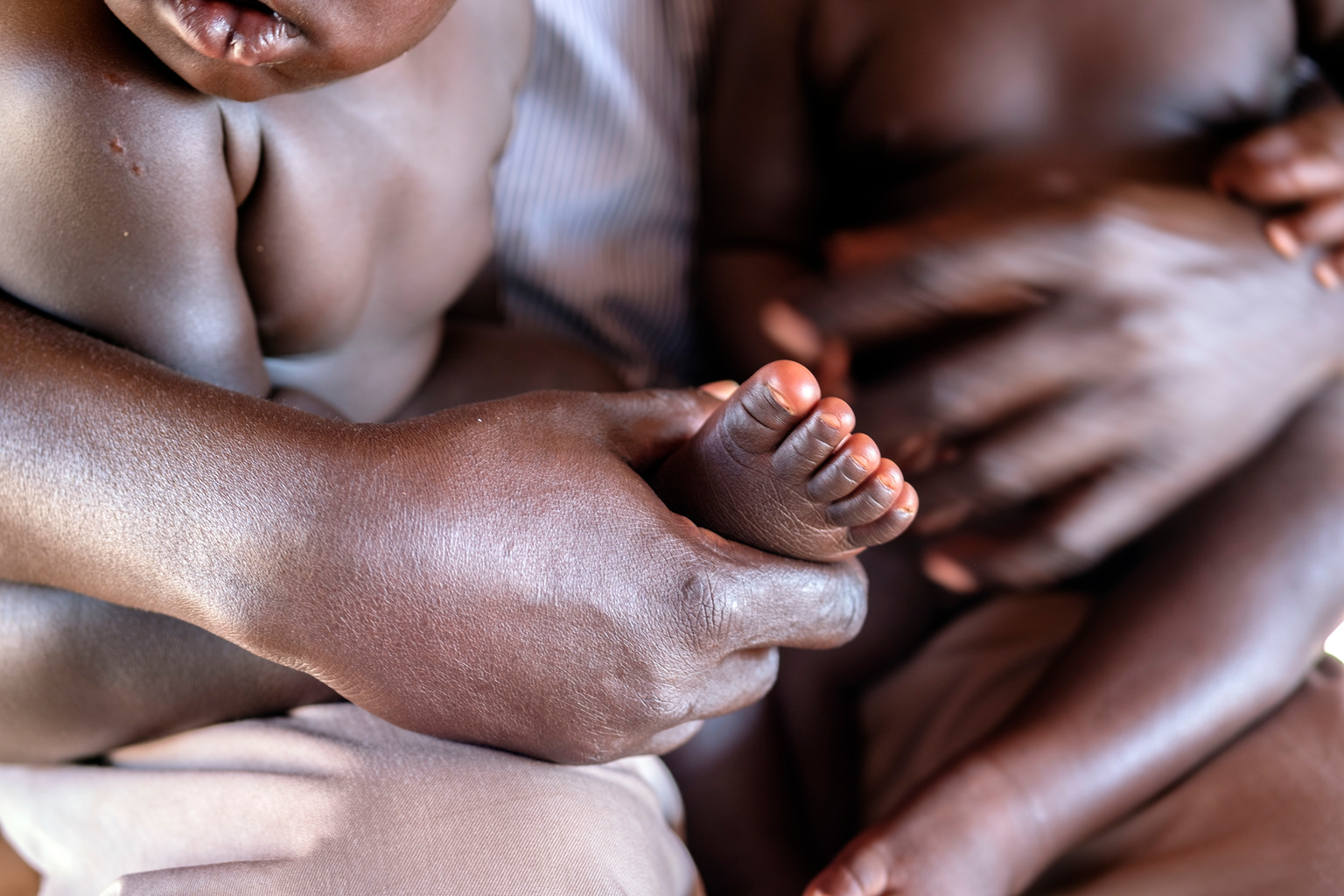
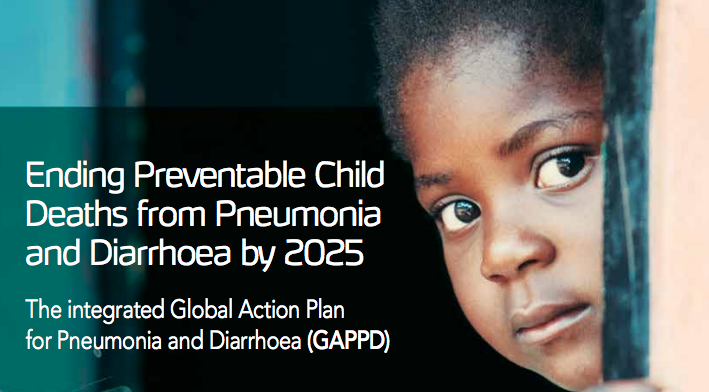
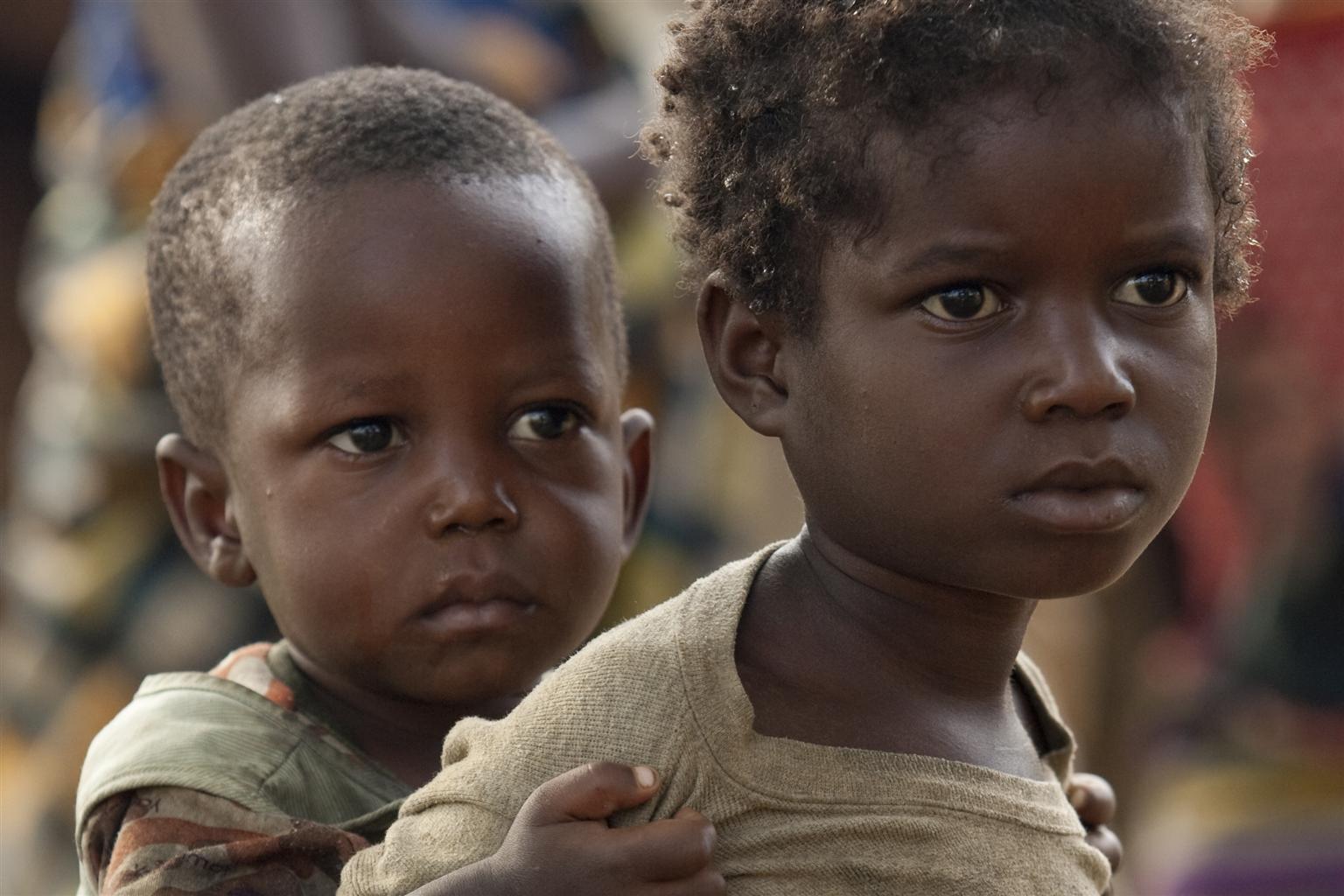
Notes on the Data
Definition of main indicators
Diarrhoea treatment with ORS: Percentage of children under age 5 who had diarrhoea in the two weeks preceding the survey and who received oral rehydration salts (ORS packets or pre-packaged ORS fluids).
Diarrhoea treatment with oral rehydration therapy and continued feeding – Percentage of children under age 5 who had diarrhoea in the two weeks preceding the survey and who received oral rehydration therapy (oral rehydration salts, recommended home-made fluids or increased fluids) and continued feeding.